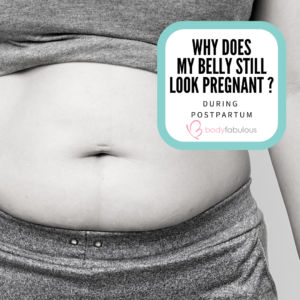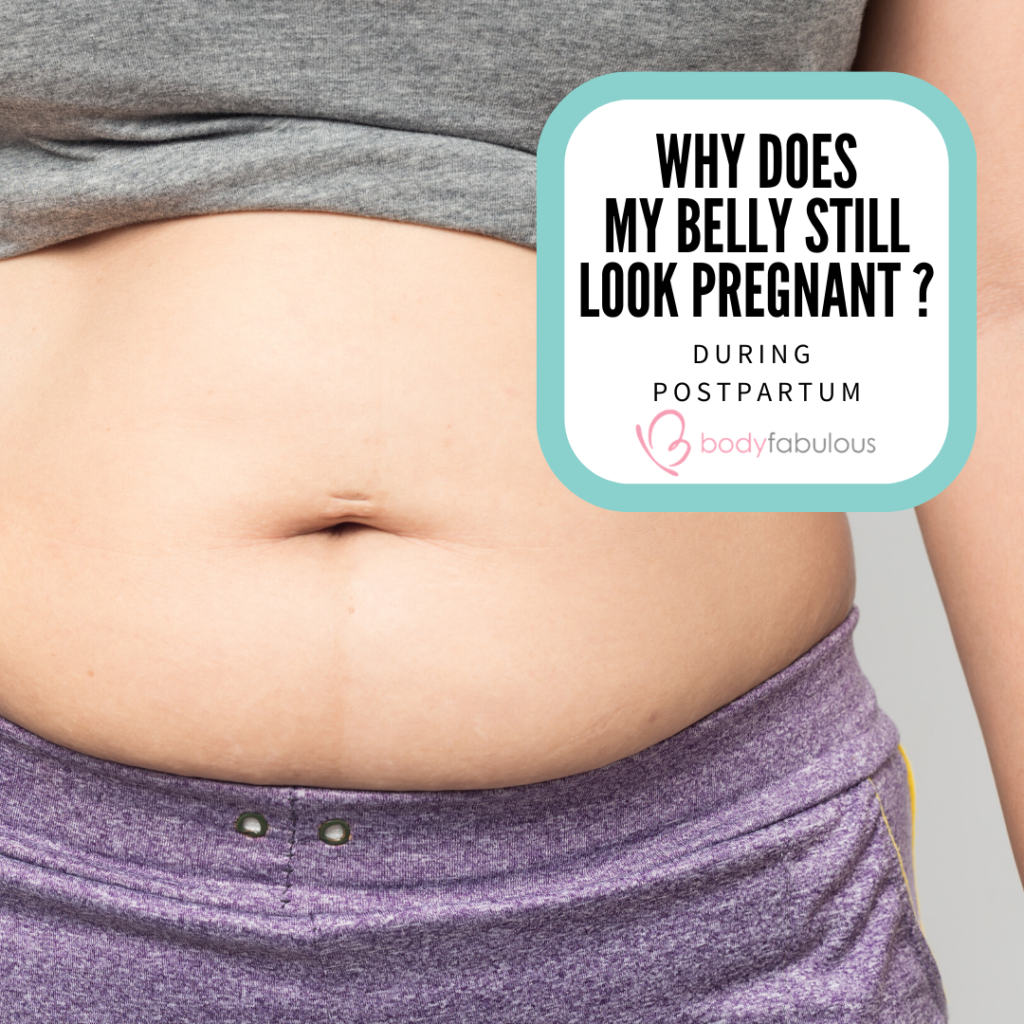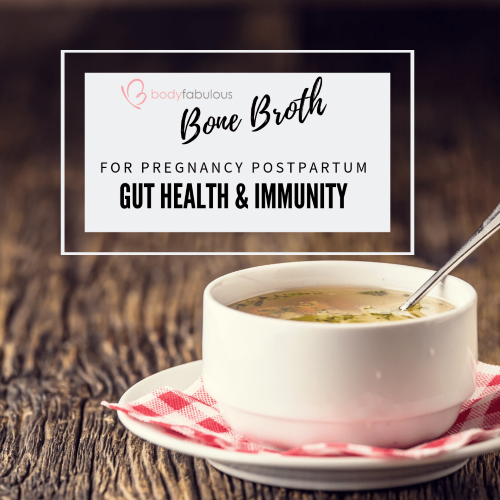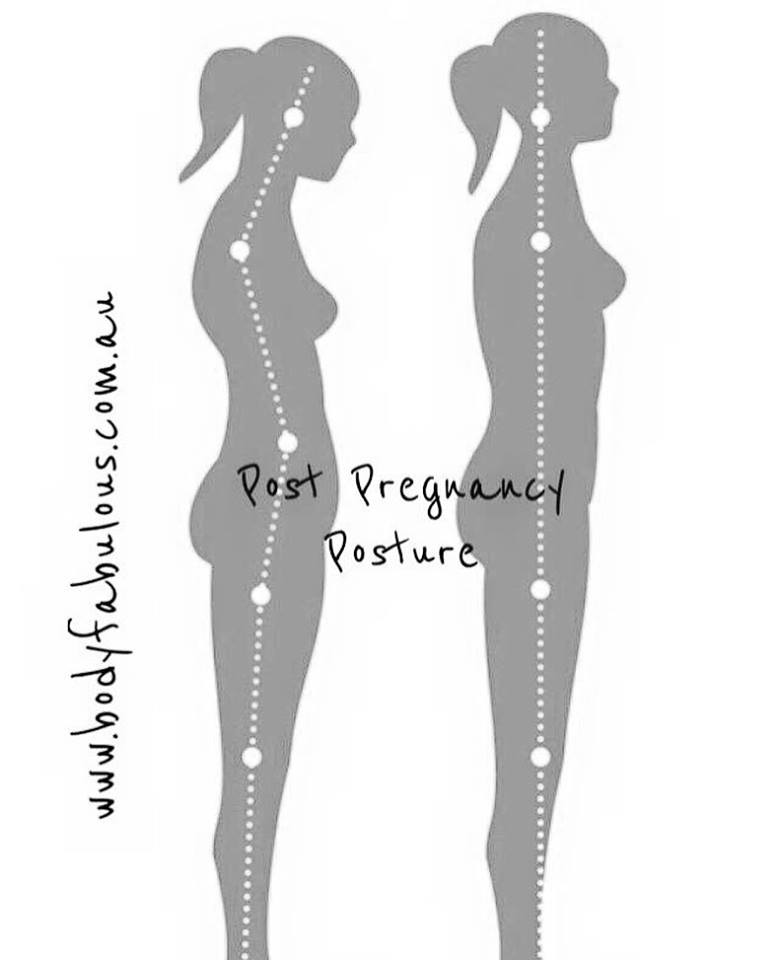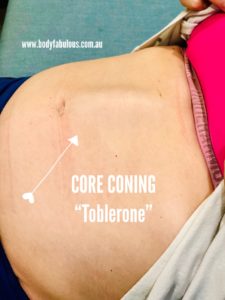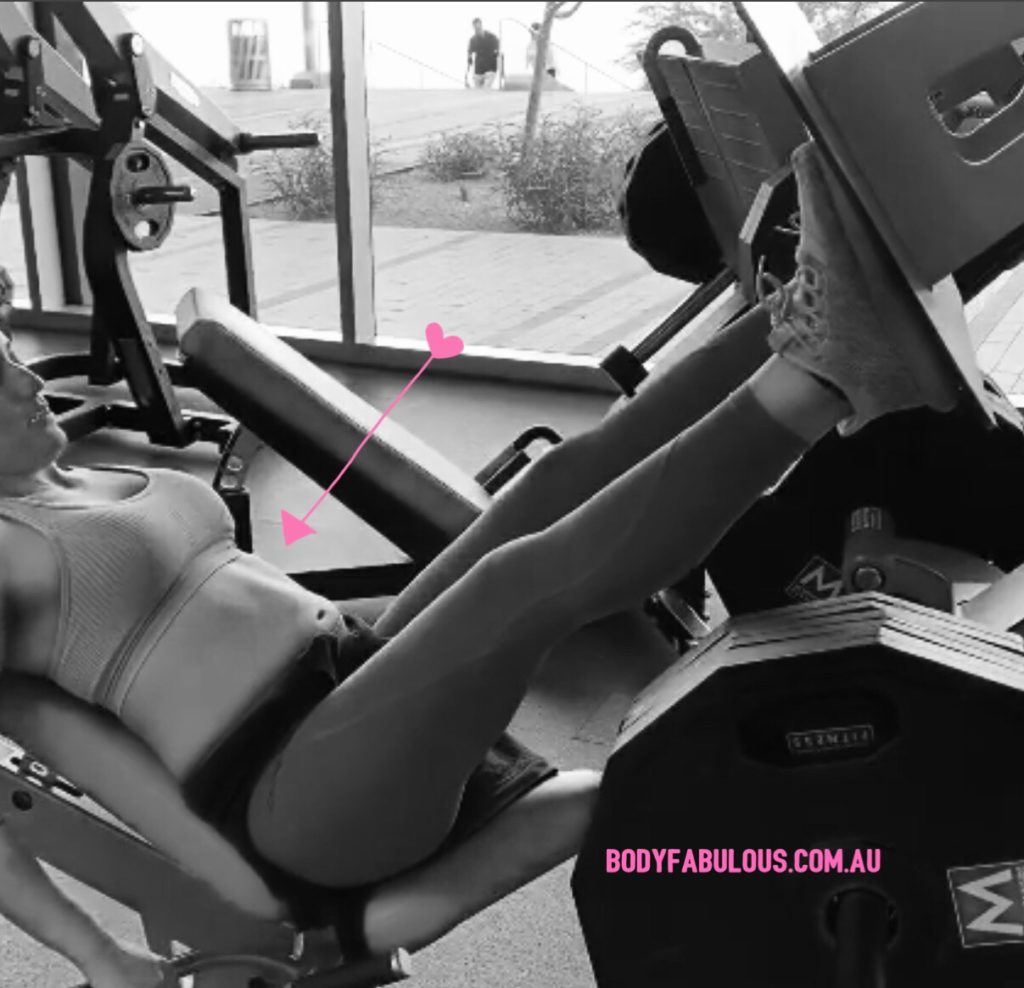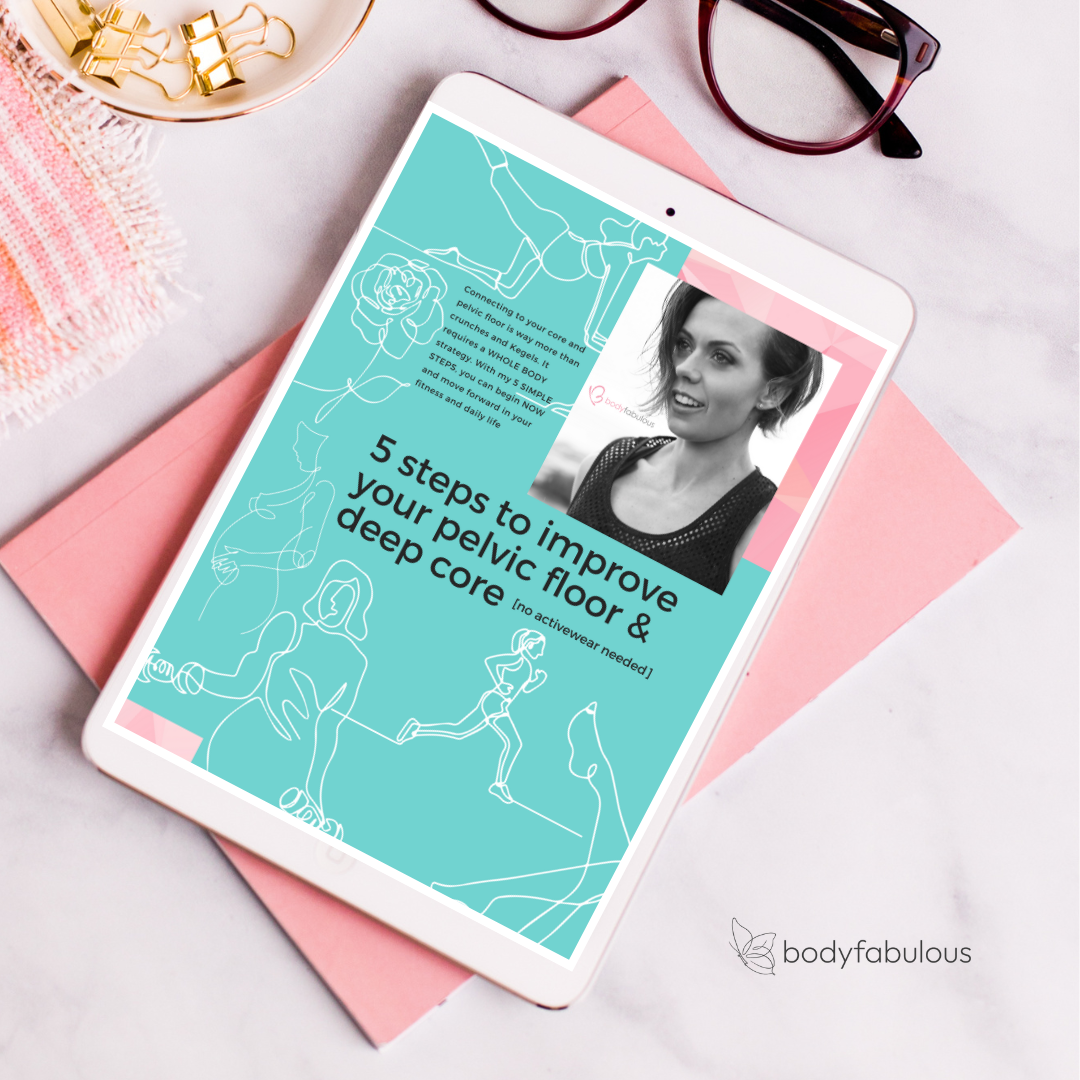Does your belly still look pregnant, even though you had your baby a few months ago? Is your post-pregnancy belly protruding, as if you were in the early stages of pregnancy again and does it feel hard not squishy?
This could be due to a condition known as diastasis recti. Get the facts here. But other factors could also be causing it which we will cover in more detail below.
NOTE : If you are early postpartum, it can take at least 40 days for your uterus to naturally contract.
Learn more about a safe postpartum healing journey here with my complimentary POSTPARTUM RECOVERY TIMELINE infographic
The dreaded pooch!
A mummy tummy or mummy “pooch” can be more confusing when the rest of your body is relatively lean or slim, but the “buldge” hasn’t gone away. Especially when it doesn’t feel like excess fat, but is instead firm and sticks out – literally like when you were pregnant.
Tell me – does your belly feel somewhat worse throughout the day, getting bigger at the end of the day, especially if you have been on your feet for long periods of time or after a large meal?
And are you feeling embarrassed or ashamed when people ask “when is the next one due?”
I get it – you can’t understand why the rest of your body has pretty much ‘returned to shape’, but the belly issues remain.
Let’s look at a few factors that could be contributing to this.
Food and Gut Health
Firstly, and this applies especially if your belly seems to get bigger throughout the day, you feel bloated or uncomfortable after eating or have any gut issues. It is possible there could be excess sugar in your diet and/or you could have developed an intolerance to certain foods.
Processed foods, a high sugar diet and food intolerances will cause swelling and bloating, as undigested food in your intestine is ‘pushing’ your stomach outwards.
Restoring your gut health and improving your gut biome (that’s the healthy bacteria in your belly) can help. Begin with removing processed foods, especially those high in sugar. Take the time to read the labels on packaging and if there are weird numbers or words you can’t pronounce, it is a sure sign it is processed food!
Consider also reducing wheat and dairy for a few weeks. And focus on improving your gut health with natural probiotic foods (which are fabulous for your immunity too) – these include natural bone broths, sauerkraut, kefir and kimchi.
Also look into FODMAP foods – Monash University has developed a fabulous app that tells you what foods to avoid that could be triggering a reaction in your gut.
Try to also keep a diary or notes on your phone to monitor when it feels worse. Very often women complain of bloating which varies throughout the day – if this is the case for you, then your muscles are not to blame, this is a food and/or digestive issue.
Clean up your diet as much as you can, drink plenty of water and herbal teas to encourage digestion and eat plenty of fibre in the form of whole fruits, legumes (unprocessed lentils and beans) plus vegetables and high quality protein.
With every meal also choose quality carbs such as wholegrain rice, quinoa, rye, oats and spelt (Note: the last 3 grains on this list contain gluten… you may be intolerant to all gluten-containing foods, so if the problems persist, you may need to go totally gluten-free – please see a Nutritionist to get this confirmed. Georgia Marrion is our Bodyfabulous recommended nutritionist who is experienced in; fertility, pregnancy and postpartum issues. Also grab this complimentary Nutrition Guide to help guide you on the best foods for both you and your baby during pregnancy and postpartum
Postural Alignment
Another cause of the pooch could be your posture or to get technical your alignment. The anterior loaded posture of pregnancy and mothering is challenging – with loads of load (excuse the pun) in the front during pregnancy due to a growing baby, then this front-loading continues post-birth – nursing a babe in arms then leaning over change tables, cots, prams etc!
So let’s bring some awareness to correcting this as per the image above.
Get stacked !
It’s time to re-stack your posture or correct your alignment.
First – relax your shoulders away from your ears then restack your shoulders above your ribs and ribs above your pelvis
Next – Imagine your pelvis is a bowl of water, which you have to keep upright to stop the water spilling. If you are over-arching your back OR tucking your tailbone underneath you (this includes drawing belly button to spine), then your pelvis is not optimally aligned, and the outward pressure on the rectus muscle (the one that separates with abdominal separation) as well as the downward pressure on your pelvic floor, is increased. This also further weakens your transverse muscle (lower belly), which is an important part of achieving a flat belly.
If you are struggling with finding a neutral pelvis – lie on the ground (feet flat and knees up) and use the mat behind you to feel if there is arching in your back or if you are tilting your pubic bone to belly button. Try to let go, take a breath deep and allow your body to naturally re-align.
Core and Ab workouts
Finally, if you are concerned about your core, you could be focusing on “traditional” ab workouts such as sit-ups, crunches and planks. If your core is not functioning optimally then these types of exercises are highly likely to be doing further damage to your core.
The key is to tune into what your abdomen looks like as you do them. Does it bulge out at all? Do you see coning or doming like in the image below?
If you are seeing this, you are unknowingly increasing intra-abdominal pressure and causing your abdominal muscles to push outward still further.
You could also be performing other exercises (for example – a heavy load during a leg press – see image below) that causes ‘bearing down’ or heaviness in pelvic floor muscles and coning or bulging of the abdominals If this is happening your core is compromised. This could also be occurring as you are “breath holding” during a movement.
Now don’t panic, use this as information or feedback that your body is giving you so you can achieve the opposite. When you engage your transverse muscles correctly and exhale on the effort (where the load is) the lower abdomen should hollow inwards as the muscle contracts.
The easiest way to help you eliminate ‘mummy tummy’, Diastasis Recti and pelvic floor weakness – while building your body confidence is to ensure you are exercising safely and effectively – try my BFABMETHOD program
Diastasis recti and Pelvic Floor
One of the key contributing factors to a belly still “looking pregnant” is diastasis recti. Most women are concerned about the width of abdominal separation, but the depth is also important as these are the layers (or Linea Alba) that need deep healing … plenty more on diastasis recti here.
You can also begin TODAY connecting better to your core (and pelvic floor as both work in synergy) with my complimentary Core and Pelvic Floor guide here (no activewear needed !)
Something more serious?
A bloated, painful and swollen abdomen COULD be a sign of something very serious like ovarian cancer – this is not to scare you, but simply to say you should discuss this with your medical practitioner.
Remember you are postnatal forever. Pregnancy and birth have a HUGE impact on your core and pelvic floor, and I think most Mama’s can agree that you do not “snap” back to your pre-body when you are 6 weeks postpartum, especially when you are given the “all clear” by your Dr or OB to start exercising. The connective tissue or fascia that supports your core and the pelvic floor doesn’t magically get firmer. However, learning safe and effective movements and supporting your body with nourishing food can make a big difference.

P.S Want to join a cutting edge pregnancy and postpartum fitness program that is not just about keeping active, but also learning valuable strategies that will help prevent and heal the postpartum pooch ? Learn more
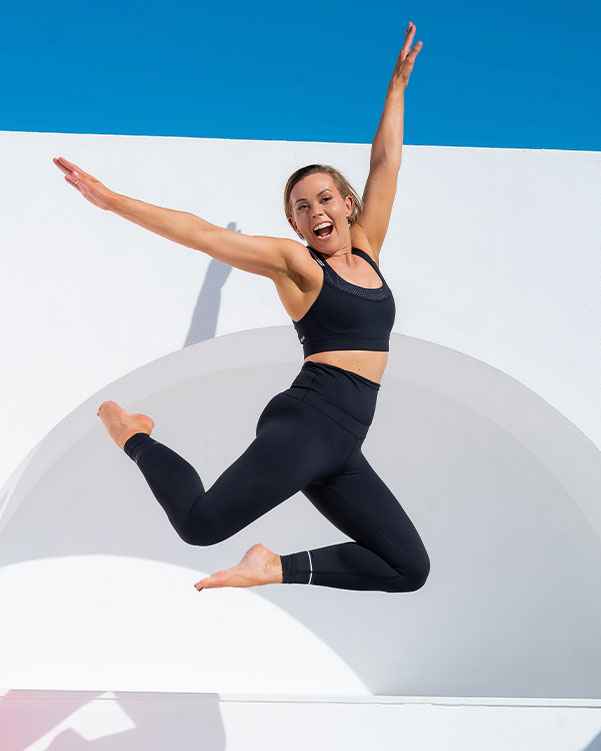
About Dahlas
Dahlas Fletcher is one of Australia’s most respected and successful certified and experienced Pregnancy and Female Fitness Trainers. Her goal is to help you be the happiest, most fabulous version of yourself, inside and out.


